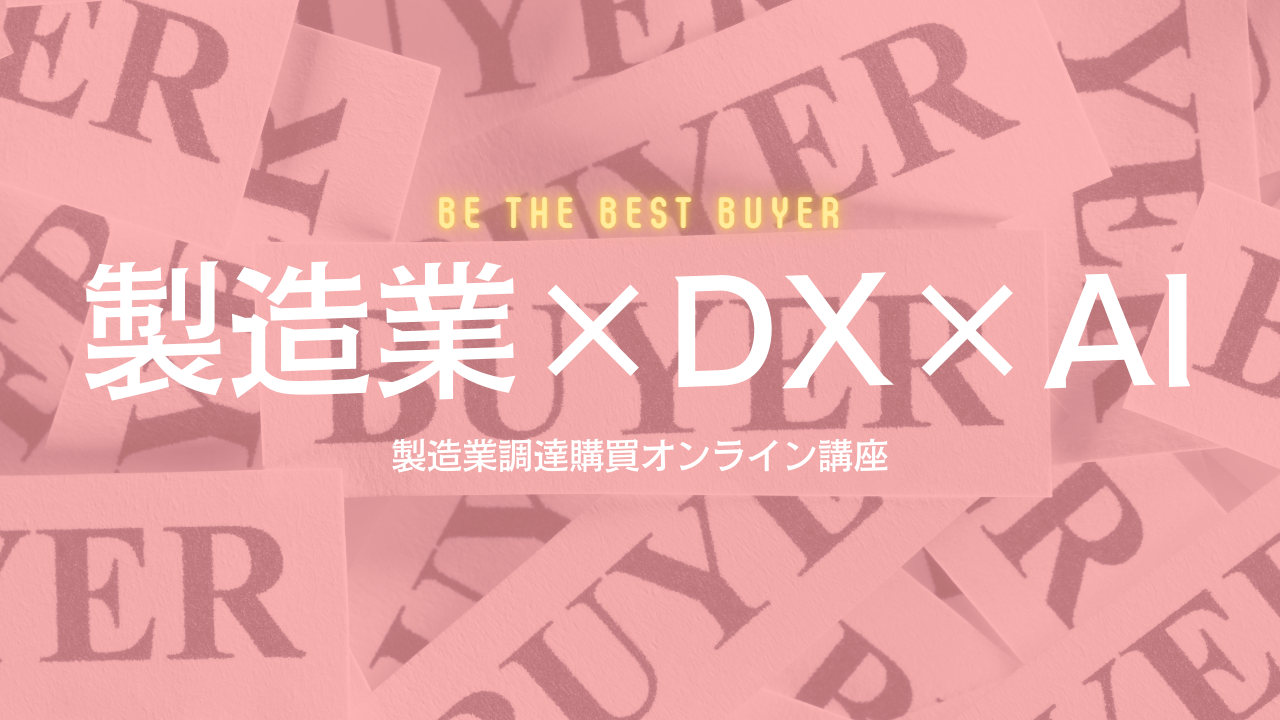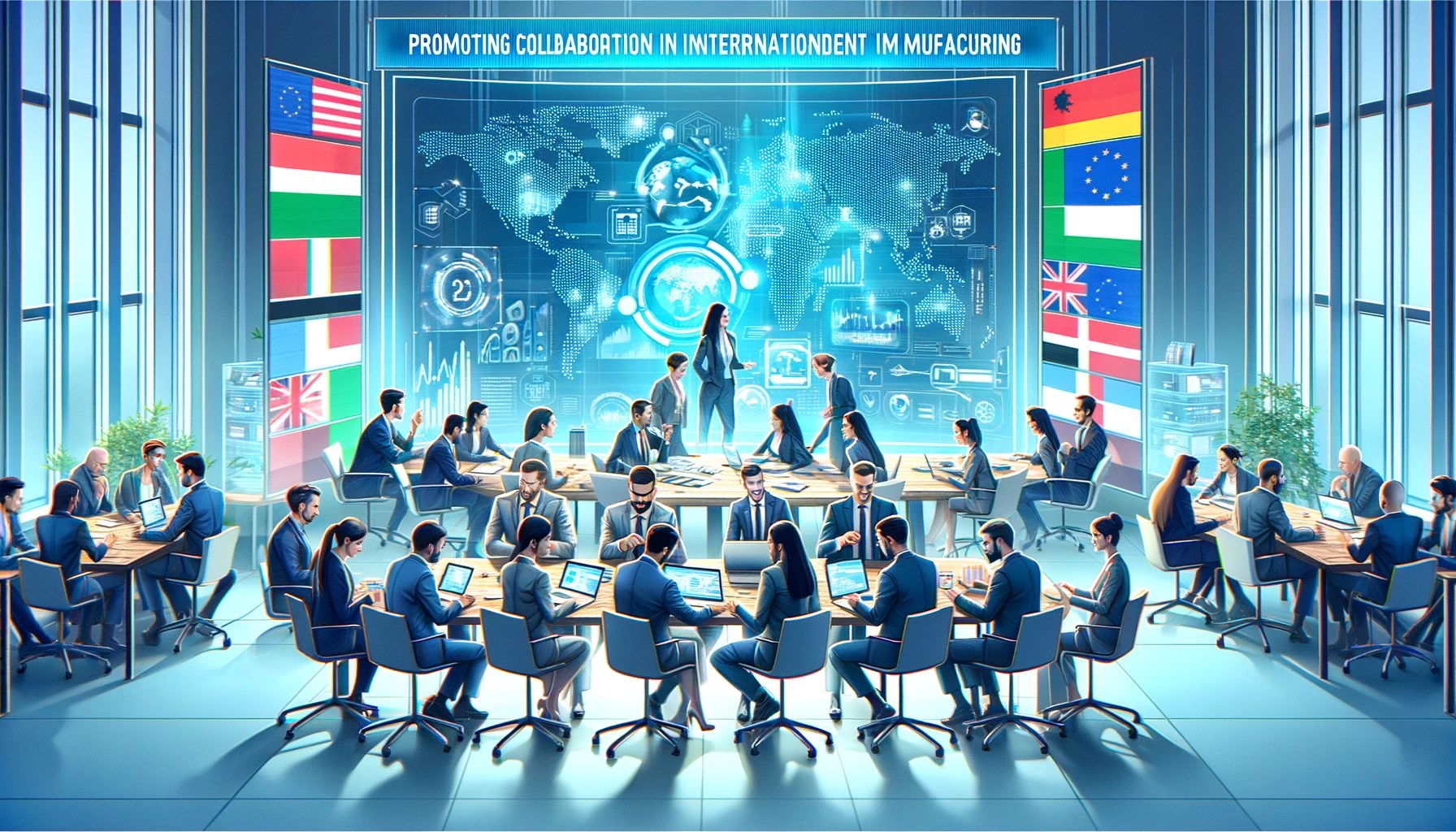- お役立ち記事
- Supply Chain Integration with Overseas Suppliers: Promoting Collaboration in International Procurement in Manufacturing
Supply Chain Integration with Overseas Suppliers: Promoting Collaboration in International Procurement in Manufacturing

Integrating overseas suppliers into a company’s supply chain involves fostering collaboration to gain efficiencies in international procurement. With manufacturers sourcing materials and components globally, building strong partnerships with foreign vendors is key to success. However, effective collaboration does not happen overnight and requires effort on both sides.

Communication is the foundation of any collaborative relationship. Setting clear expectations upfront regarding quality standards, order fulfillment timelines, and production details lays the groundwork for supplier integration. Regular check-ins, whether by video call, phone, or messaging apps, help address issues promptly to avoid disruptions down the line. Establishing points of contact for different business functions, like purchasing, quality control, and logistics, streamlines interactions.
Cultural considerations also impact collaboration. Learning suppliers’ business practices, holidays, and decision-making processes helps navigate interactions successfully. Having materials translated into suppliers’ languages shows respect and understanding. On-site visits allow seeing operations firsthand and building personal connections crucial for problem-solving. Suppliers likewise learning about the manufacturer’s culture promotes collaboration long-term.
Technology facilitates collaboration across borders. Shared online portals provide transparency into order statuses, inventory levels, shipping details, and more. Digital documentation like specifications and quality certifications are always accessible. Cloud-based project management tools organize tasks and deadlines for overseas production planning. Suppliers having visibility into materials forecasts assists their own sourcing and avoids costly inefficiencies.
Training suppliers on quality and compliance standards is important for integration. Virtual sessions or online modules educating on specifications, defect prevention, Six Sigma processes, and industry regulations helps suppliers meet requirements consistently. Suppliers providing their own training on capabilities like new equipment, certifications, or production techniques aids the manufacturer’s decision making.
Financial incentives can motivate suppliers to collaborate more closely. Payment terms granting early settlement discounts for on-time shipments or quality performance incentives suppliers to meet targets. Access to working capital loans or supply chain financing through the manufacturer eases cash flow issues which hinder operations. Gain-sharing models tying supplier compensation to overall cost savings achieved through the partnership further strengthen collaboration long-term.
Collaborative innovation is key for competitive advantage. Joint product development efforts leveraging each partner’s expertise improves new designs. Pilot runs of prototype materials or components provide feedback early in the process. Sharing market intelligence and conducting consumer research together results in better solutions. Suppliers investing in advanced technologies like 3D printing or robotics to meet future manufacturing needs benefits both parties.
Surveys and scorecards provide valuable feedback on the collaboration level and areas for improvement. Addressing specific issues suppliers raise demonstrates the desire to strengthen relationships. Likewise, suppliers implementing manufacturer recommendations validates collaborative efforts. Regular business reviews incorporating feedback data directs resources most effectively. Third-party assessments comparing performance to industry benchmarks recognizes top-tier suppliers.

Maintaining quality supplier relationships requires persistence and compromise when challenges arise. However, international procurement collaboration yields numerous benefits from cost reductions and inventory optimization to accelerated product development and access to emerging markets. With open communication and a shared commitment to success, manufacturers and overseas suppliers can truly integrate supply chains globally.
 資料ダウンロード
資料ダウンロード
QCD調達購買管理クラウド「newji」は、調達購買部門で必要なQCD管理全てを備えた、現場特化型兼クラウド型の今世紀最高の購買管理システムとなります。
 ユーザー登録
ユーザー登録
調達購買業務の効率化だけでなく、システムを導入することで、コスト削減や製品・資材のステータス可視化のほか、属人化していた購買情報の共有化による内部不正防止や統制にも役立ちます。
 NEWJI DX
NEWJI DX
製造業に特化したデジタルトランスフォーメーション(DX)の実現を目指す請負開発型のコンサルティングサービスです。AI、iPaaS、および先端の技術を駆使して、製造プロセスの効率化、業務効率化、チームワーク強化、コスト削減、品質向上を実現します。このサービスは、製造業の課題を深く理解し、それに対する最適なデジタルソリューションを提供することで、企業が持続的な成長とイノベーションを達成できるようサポートします。
 オンライン講座
オンライン講座
製造業、主に購買・調達部門にお勤めの方々に向けた情報を配信しております。
新任の方やベテランの方、管理職を対象とした幅広いコンテンツをご用意しております。
 お問い合わせ
お問い合わせ
コストダウンが利益に直結する術だと理解していても、なかなか前に進めることができない状況。そんな時は、newjiのコストダウン自動化機能で大きく利益貢献しよう!
(Β版非公開)


